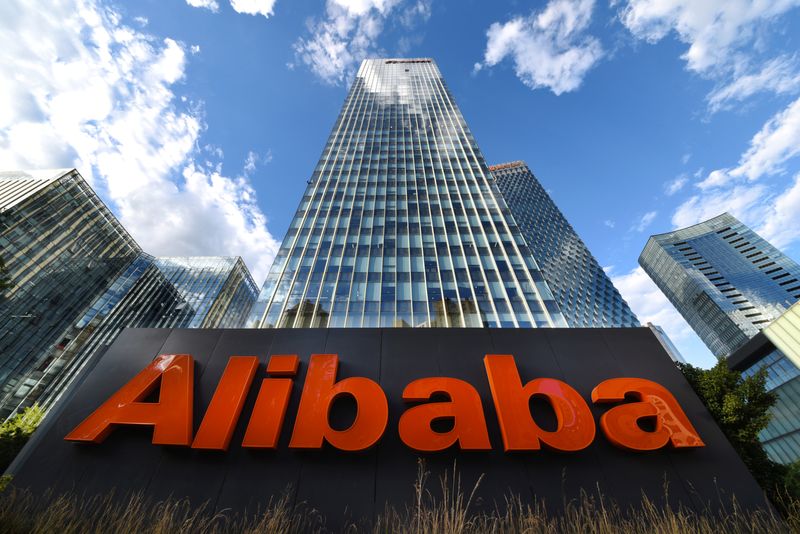By Saeed Azhar
DUBAI (Reuters) -The Public Investment Fund (PIF), Saudi Arabia's sovereign wealth fund, nearly tripled its holdings of U.S.-listed stocks to $43.45 billion in the third quarter, adding shares of Alibaba (NYSE:BABA) Group, Walmart (NYSE:WMT) and Pinterest (NYSE:PINS).
Its U.S.-listed stock holdings in the quarter ended Sept. 30 increased from nearly $16 billion in the prior quarter, according to a U.S. Securities and Exchange Commission filing.
Other stocks it bought included Just Eat Takeaway.com and Ballard Power Systems (NASDAQ:BLDP).
The PIF, which manages $430 billion in assets, is at the centre of Saudi Arabia's plans to transform the economy by creating new sectors and diversifying revenues away from oil.
The PIF also owns a 62.72% stake in electric car company Lucid, which has a market value of about $71 billion, a significant boost in value from the end of September.
"The Q3 figure is indeed significantly larger than Q2, but most of the increase is due to Lucid Motors' IPO in July," said Diego Lopez, managing director at Global SWF, an industry data specialist.
"If you isolate the effect of Lucid, the U.S. equity holdings increased only 11%, from $15.9 billion to $17.7 billon."
Lucid’s listing in July was a huge dividend for the Saudi sovereign wealth fund, which invested more than $1 billion in the company in 2018 for a substantial stake and invested more in February. The PIF also owns a 3.75% stake in ride-sharing company Uber Technologies (NYSE:UBER).
The PIF is pursuing a two-pronged strategy, building an international portfolio of investments while also investing locally in projects that will help reduce Saudi Arabia’s reliance on oil.
"While PIF's strategy in 2020 seemed to be focused on short-term gains, we’ve seen a change in 2021, with only one divestment so far," Lopez said, adding that the focus is moving towards private partnerships.

PIF has also invested $45 billion in Softbank (OTC:SFTBY)'s inaugural $100 billion technology fund.
The PIF has boosted its firepower from several funding sources in recent years, including loans and a $40 billion transfer from central bank reserves last year.